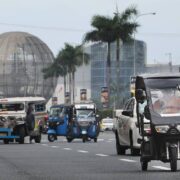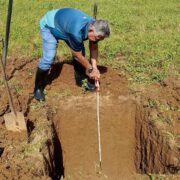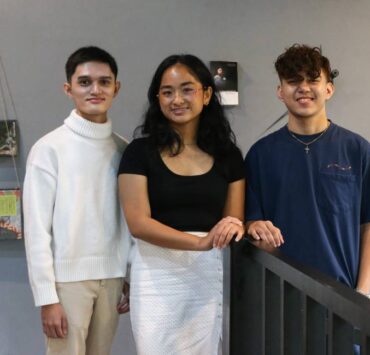Marikina has lost much of Imelda shoe collection
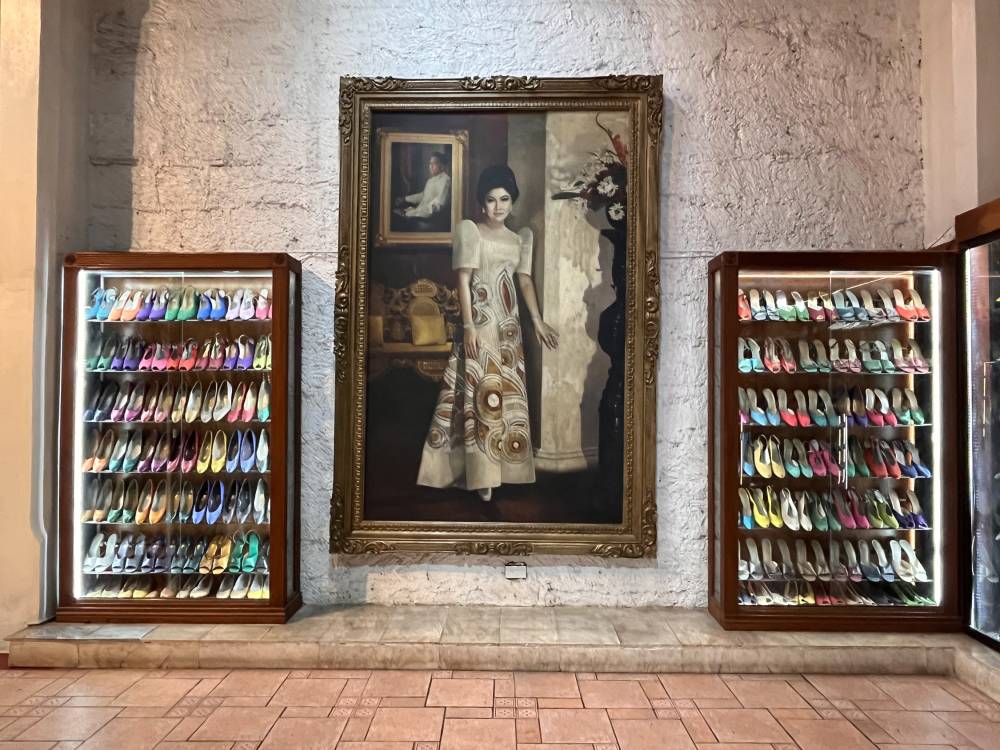
From about 800 pairs, less than half are left of the infamous ‘’Imeldific’’ shoes on display at a centuries-old stone house in Marikina City.
The footwear hoard of then first lady Imelda Marcos is considered a symbol of her personal excesses, the most satirized facet of the ill-gotten wealth amassed by dictator Ferdinand Sr. and his family, as revealed after their fall from power in February 1986.
Out of the jaw-dropping 3,000 pairs that she abandoned, the Presidential Commission on Good Government, the body tasked to recover the Marcos wealth, gave about 800 pairs to the Marikina City government in the late 1990s at the request of then Mayor Bayani Fernando, who was a known Imelda fan.
But according to the latest inventory by the city’s culture and tourism office, just 381 pairs are left for public viewing, less than a hundred of them locally made.
The majority had been discarded, having deteriorated through the years. One batch had to go after being soiled or damaged by the “Ondoy” flood of 2009.
Some pairs were also handed out to be displayed in other government offices, such as the National Museum and Malacañang, their original home.
‘Sort of ambassador’
Since opening to the public in February 2001, the Marikina Shoe Museum on J.P. Rizal Street has reaped a measure of fame because of the Imelda collection, banking on its backstory to start conversations about the city’s homegrown shoemaking industry.
According to Oliver Fulinara, a tour coordinator and officer at the local tourism office, Imelda herself served as a “sort of the ambassador” who helped promote Marikina-made shoes during the boom years from the 1960s to the ’80s.
As one story went, there was a time when Imelda would buy about a dozen pairs during her trips abroad and bring them to the Marikina shoemakers to have them dismantled and studied for local iterations. The resulting new products would either be given to Imelda or launched in the market.
For Judy Camer, the museum’s venue manager, Imelda helped draw local and international attention to Marikina shoes by wearing them in her travels.
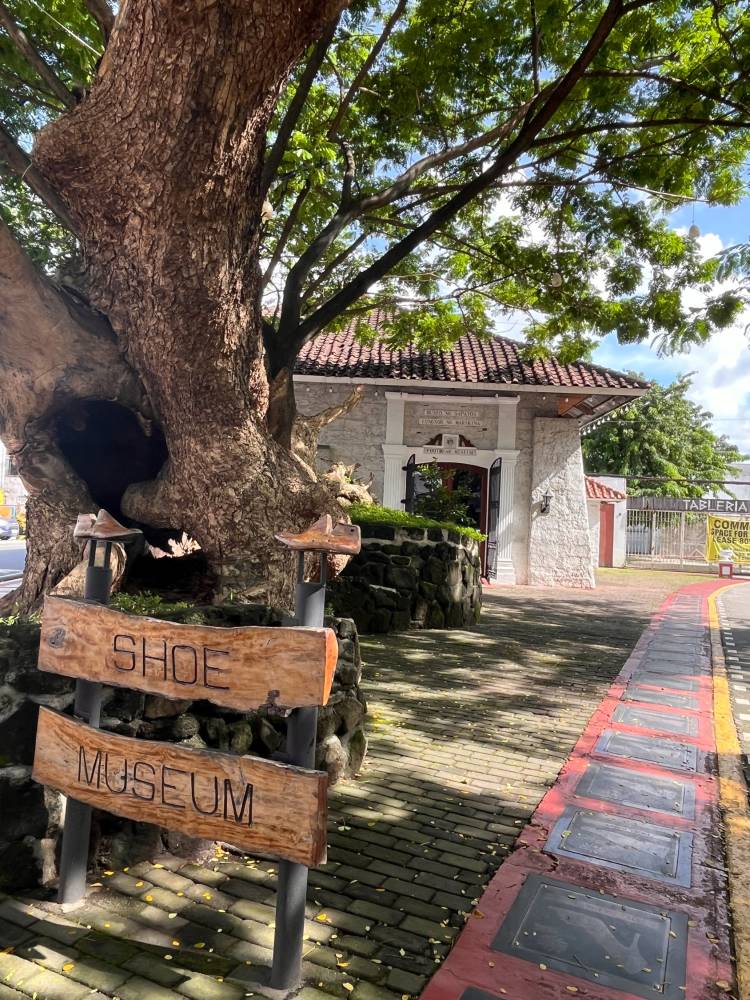
Start of decline
But not all who remember or have studied those years totally agree.
Meynardo Mendoza, a history lecturer and former director of the Ateneo Martial Law Museum and Library, said there were no known incentives given to Marikina to help grow its shoe industry during the Marcos dictatorship.
Abel Ubaldo, also a history lecturer at the Ateneo de Manila University, said the industry’s struggles against the influx of imported brands began during that period.
“The dictatorship expected China to be a market for Filipino goods but the opposite happened; cheap Chinese imports flooded Filipino stores,” Ubaldo told the Inquirer. “This had a huge impact on the demand for Marikina-produced shoes as they simply could not compete with their cheaper Chinese counterparts.”
After the ouster of the Marcoses, trade liberalization in the 1990s and early 2000s made it worse, he added.
Data from the city tourism office showed that from a high of more than 3,000 shoe manufacturers and sellers during Marikina’s ‘’golden years,’’ just around 200 remain in business.
Camer also said not all museum visitors make light of what they see on the shelves. “There were those who would really argue with us, asking why Imelda’s shoes are in a museum when they were merely stolen.”
“I just tell them that, political differences aside, we’re talking about the contribution of Imelda to Marikina. And I remind them that this is the Marikina Shoe Museum,” she said.
She’s there for ‘relaunch’
Mendoza also conceded that some guests may take the “wrong message, especially if the guides are not too familiar with the historical context of the shoes.”
On July 8, 95-year-old Imelda herself—along with the current first lady and wife of President Marcos Jr., Liza Araneta-Marcos—attended the museum’s ‘’relaunch’’ after the place underwent some refurbishing.
They were accompanied by Ma. Anna Kathryna Pimentel, the President’s special envoy to the United Arab Emirates for trade and investment.
In a statement, Pimentel said that under the second Marcos administration, “we are confident that we will be able revive the local shoe industry and once again elevate Marikina shoes to global prominence.” INQ












